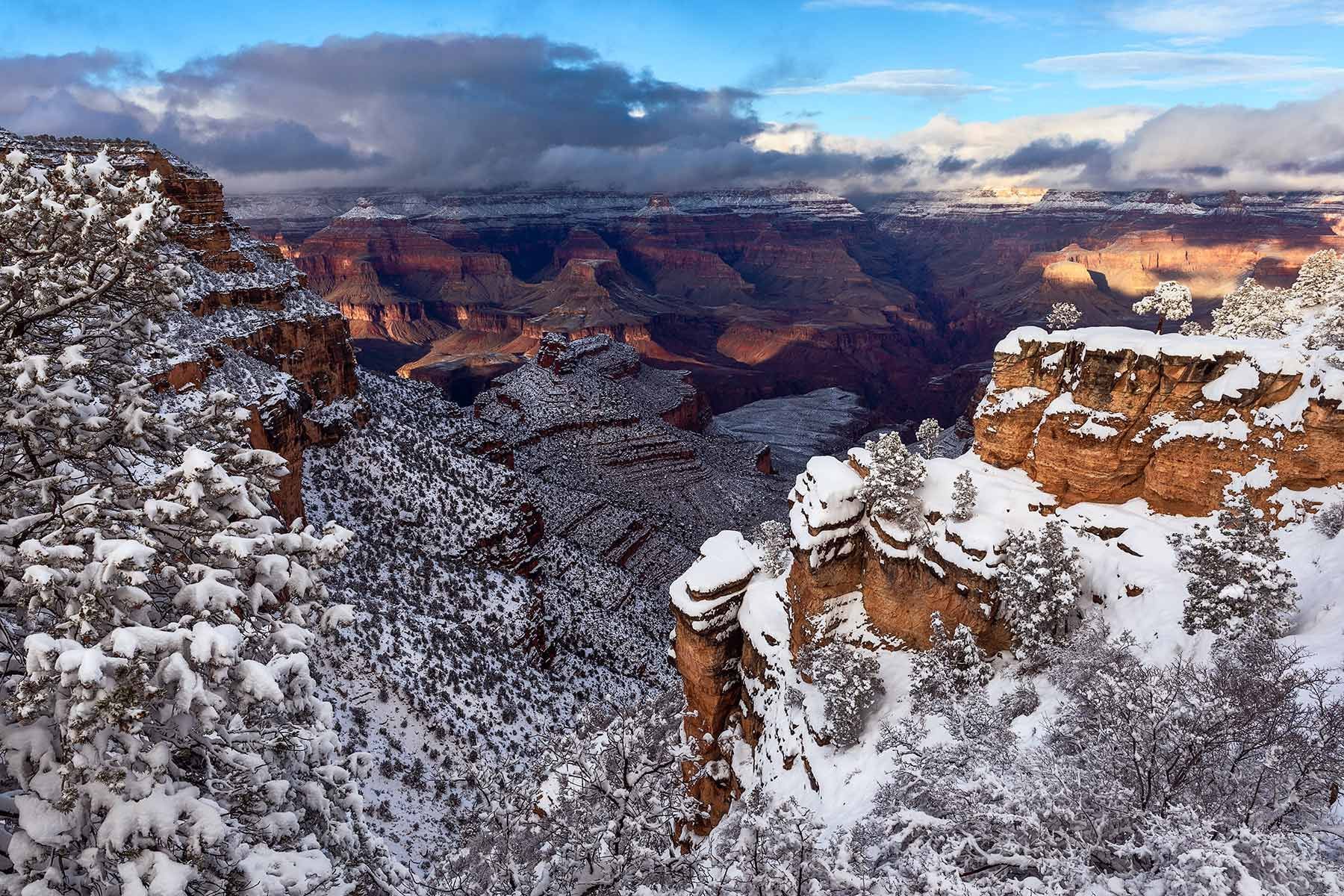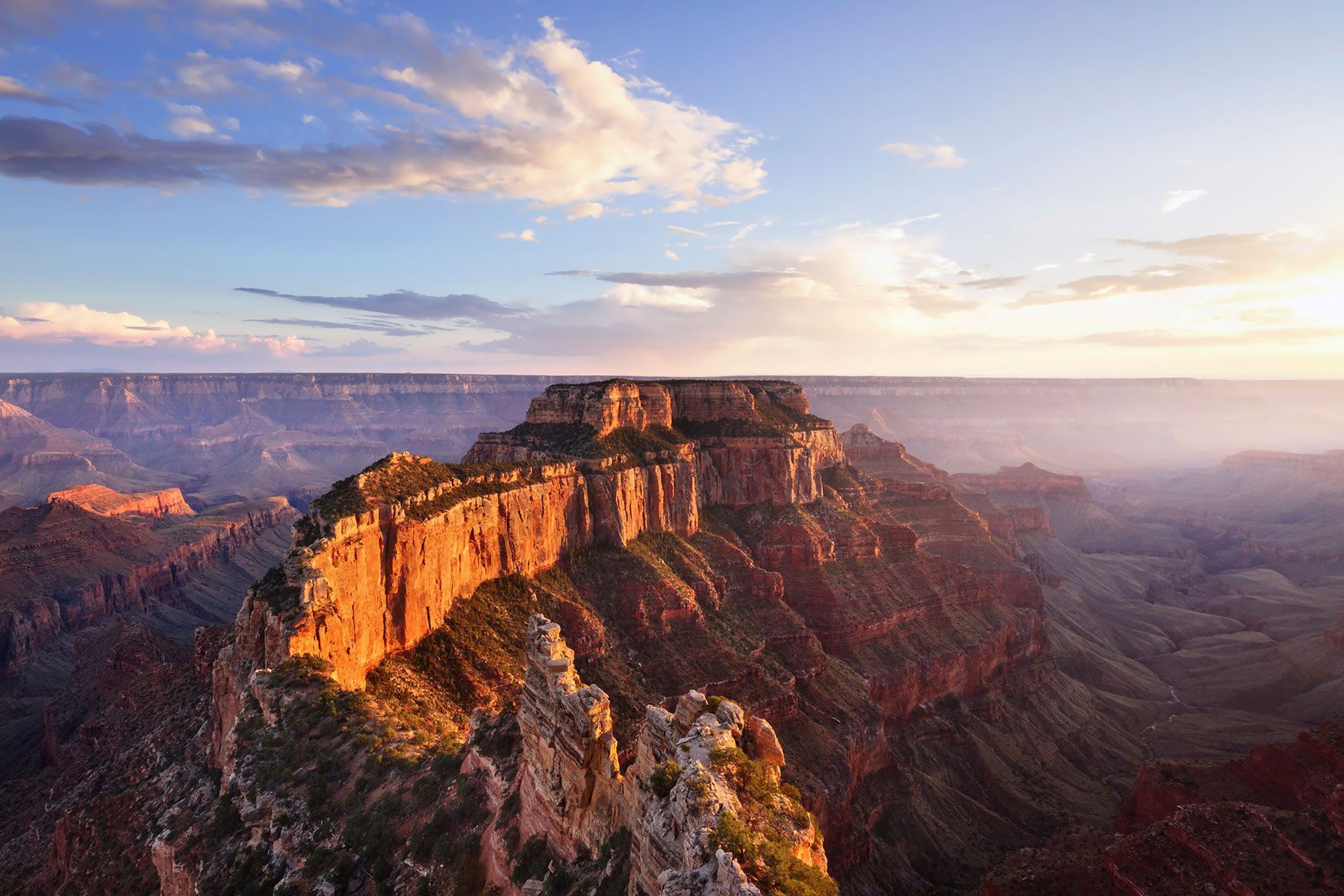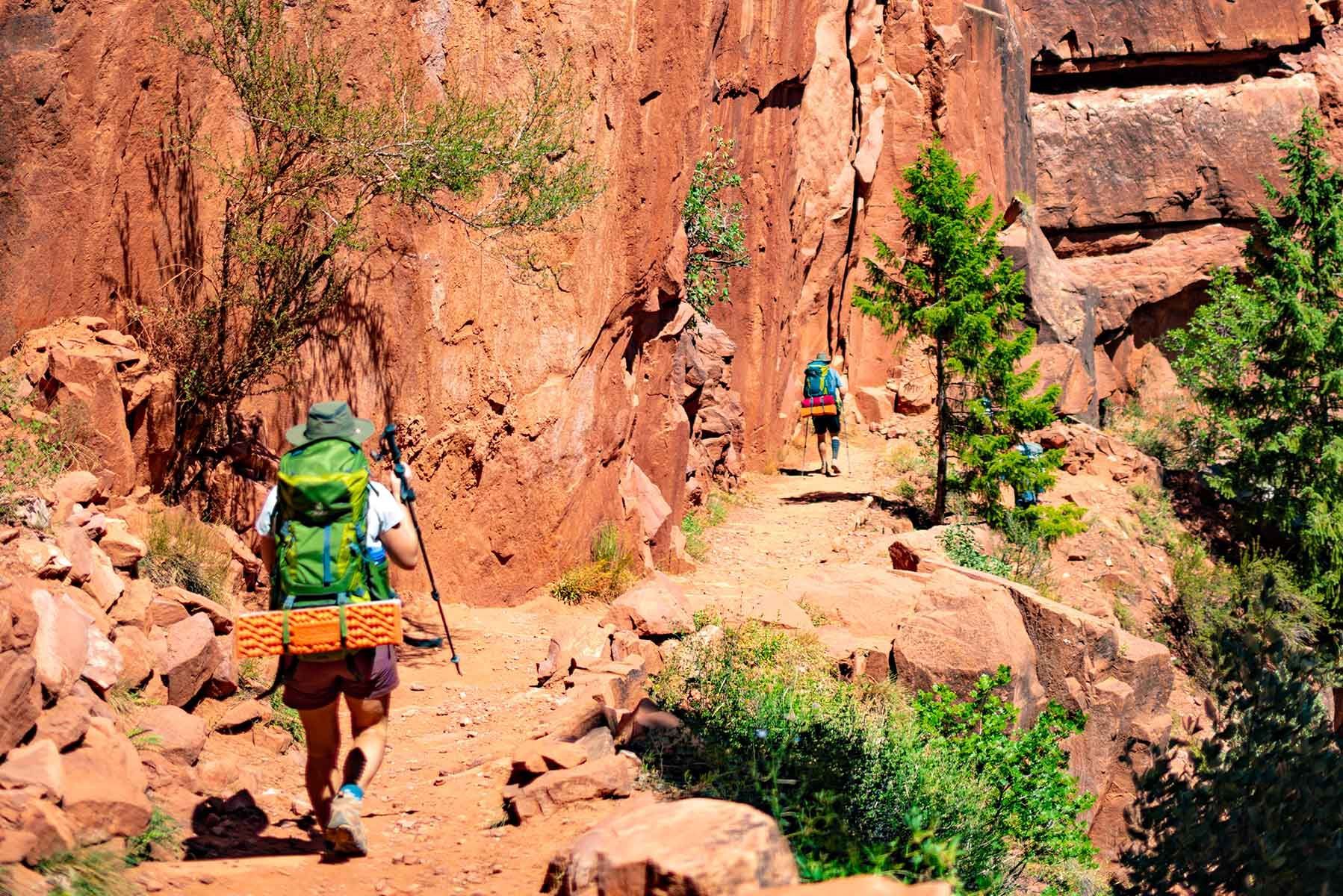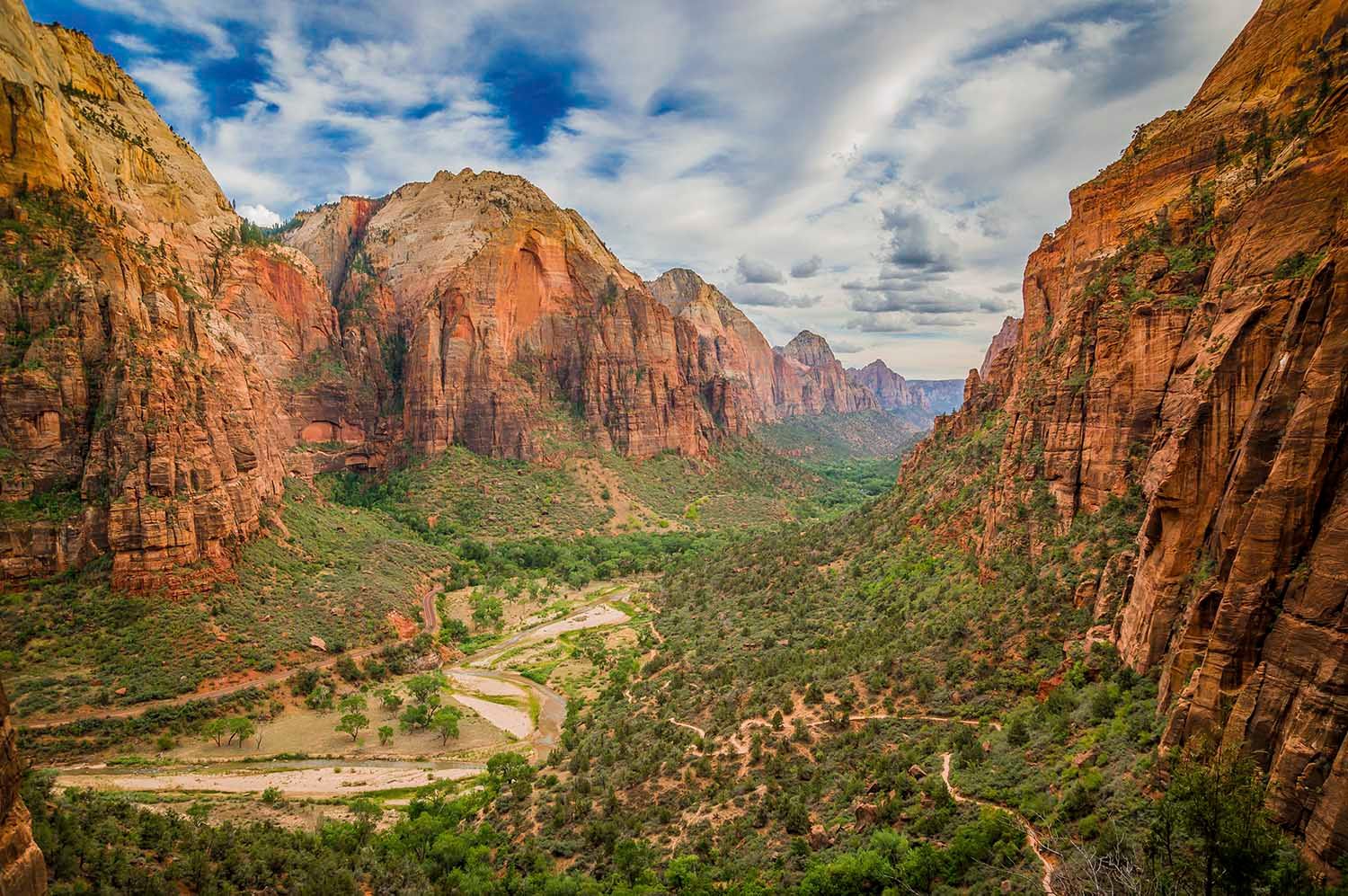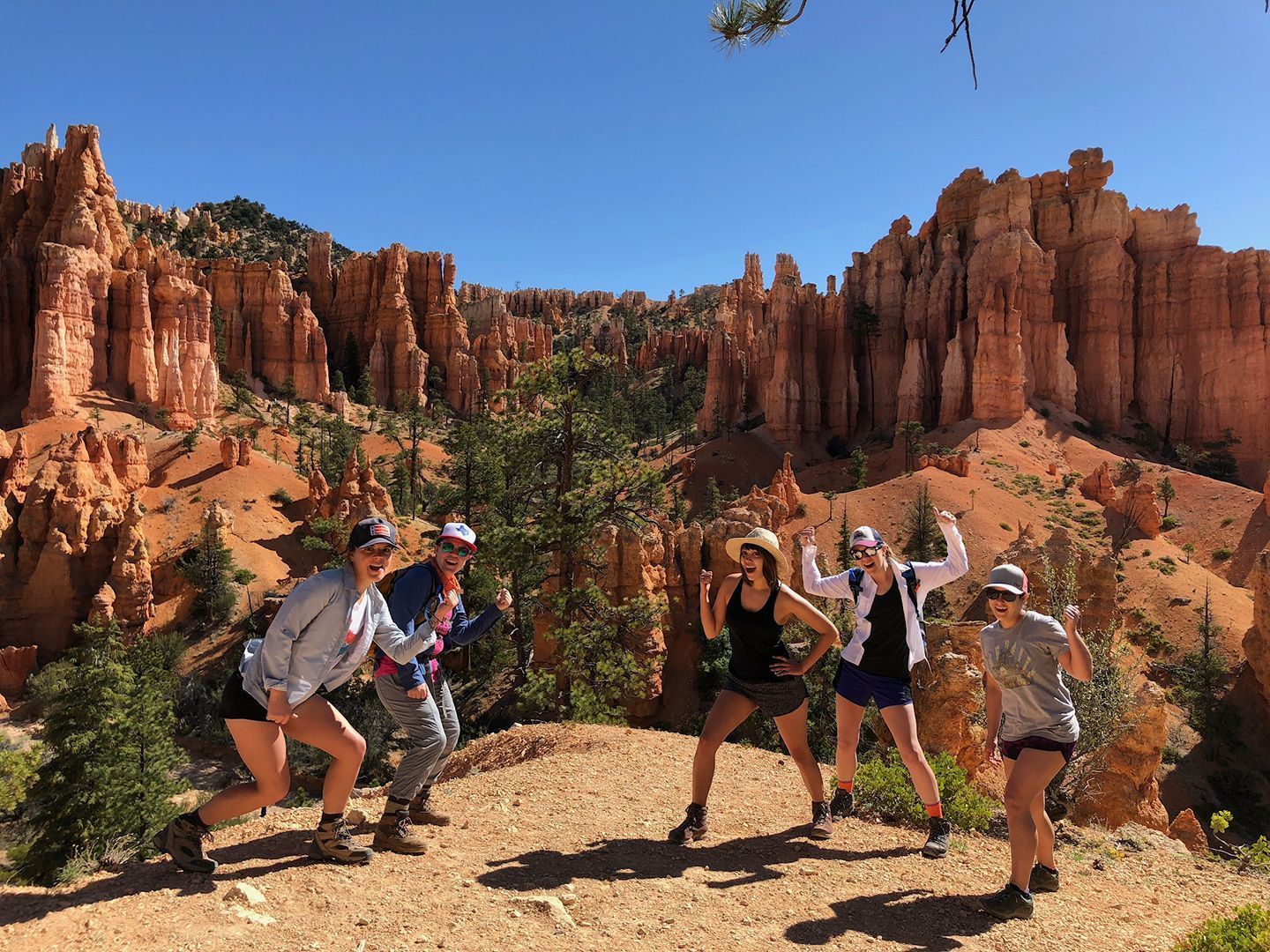Hiking the Inca Trail to Machu Picchu: 2-Day vs 4-Day Treks
Key Takeaways
- Both the 2-day and 4-day Inca Trail treks lead to Machu Picchu’s Sun Gate, but the Classic 4-day version offers the full camping and high-altitude experience, while the Short Trail is ideal for travelers short on time.
- Permits are mandatory and limited, so booking months in advance through a licensed operator like Four Season Guides is essential to secure your spot.
- The best time to hike the Inca Trail is during the dry season (May–September) for clear skies and stable weather, though shoulder months like April and October offer fewer crowds.
- Four Season Guides handles all logistics, from permits and meals to guides and accommodations, allowing trekkers to focus entirely on the experience.
- Proper preparation is key to comfort and safety—bring broken-in boots, rain gear, and hydration essentials to handle the Andes’ unpredictable climate.
- The Inca Trail is more than just a trek—it’s a cultural journey, passing ancient ruins, cloud forests, and stunning mountain scenery that showcase the brilliance of Inca engineering.
The Inca Trail to Machu Picchu is Peru’s most famous trekking route, offering two unforgettable options: the Short Inca Trail (2 days) and the Classic Inca Trail (4 days). Both treks require official government permits, both finish with the breathtaking arrival at the Sun Gate (Inti Punku), and both include a guided tour of the Machu Picchu citadel.
The difference lies in the journey: the Short Inca Trail is a condensed, time-smart adventure ideal for travelers on tighter schedules, while the Classic 4-Day Inca Trail delivers the full high-altitude camping experience for those seeking a challenging multi-day trek. With Four Season Guides, you can explore either route with confidence, knowing that all permits, logistics, and expert guiding are handled for you.
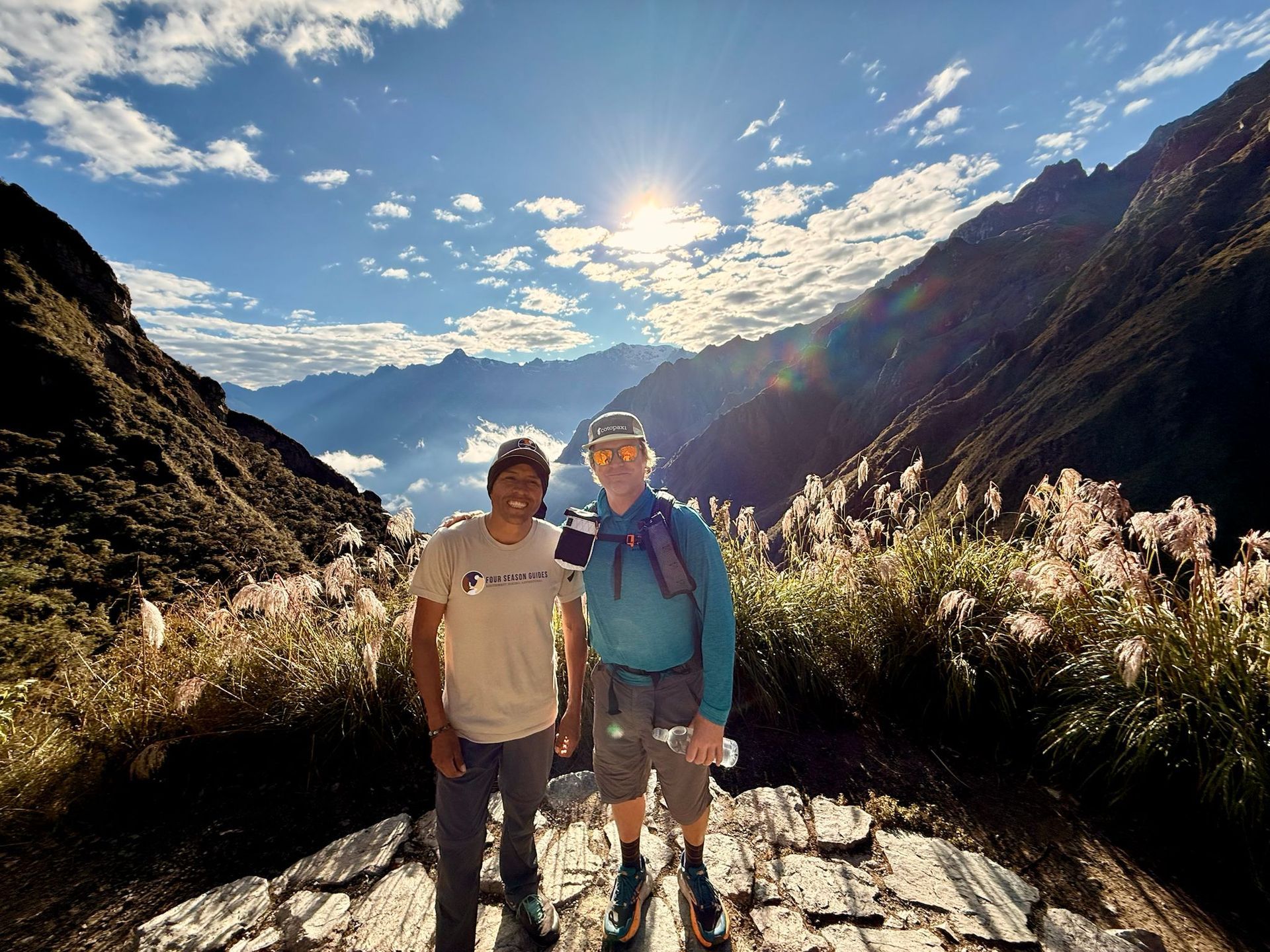
What Is the Inca Trail?
The Inca Trail to Machu Picchu is a historic network of stone pathways built by the Inca civilization to connect Cusco, the Sacred Valley, and remote Andean settlements with the citadel of Machu Picchu. Stretching through the Andes Mountains, the trail showcases the engineering brilliance of the Incas, with paved stairways, tunnels carved into rock, and terraces that blend seamlessly into the natural landscape. Similarly breathtaking trails can also be found on our Yosemite hiking adventures.
Today, the Inca Trail is recognized as the most famous trekking route in South America and one of the top hikes in the world. The route takes travelers through diverse ecosystems, from high mountain passes and alpine tundra to subtropical cloud forests rich in orchids and wildlife. Along the way, hikers encounter well-preserved archaeological sites such as Chachabamba, Runkurakay, Wiñay Wayna, and Phuyupatamarca, each offering a glimpse into Inca culture and daily life.
There are two main versions of the trek available to visitors:
- The
Classic Inca Trail (4 days / 3 nights) – a 42 km journey with camping, high-altitude challenges, and multiple ruins before reaching Machu Picchu.
- The
Short Inca Trail (2 days / 1 night) – a condensed version starting at KM104, covering 12 km and offering the iconic
Sun Gate (Inti Punku) arrival, with an overnight hotel stay in
Aguas Calientes before a guided tour of Machu Picchu.
Because of its cultural significance and environmental sensitivity, access to the Inca Trail is strictly regulated.
Permits are mandatory and can only be obtained through licensed tour operators like
Four Season Guides. These sell out months in advance, especially during the dry season (May–September), making early booking essential.
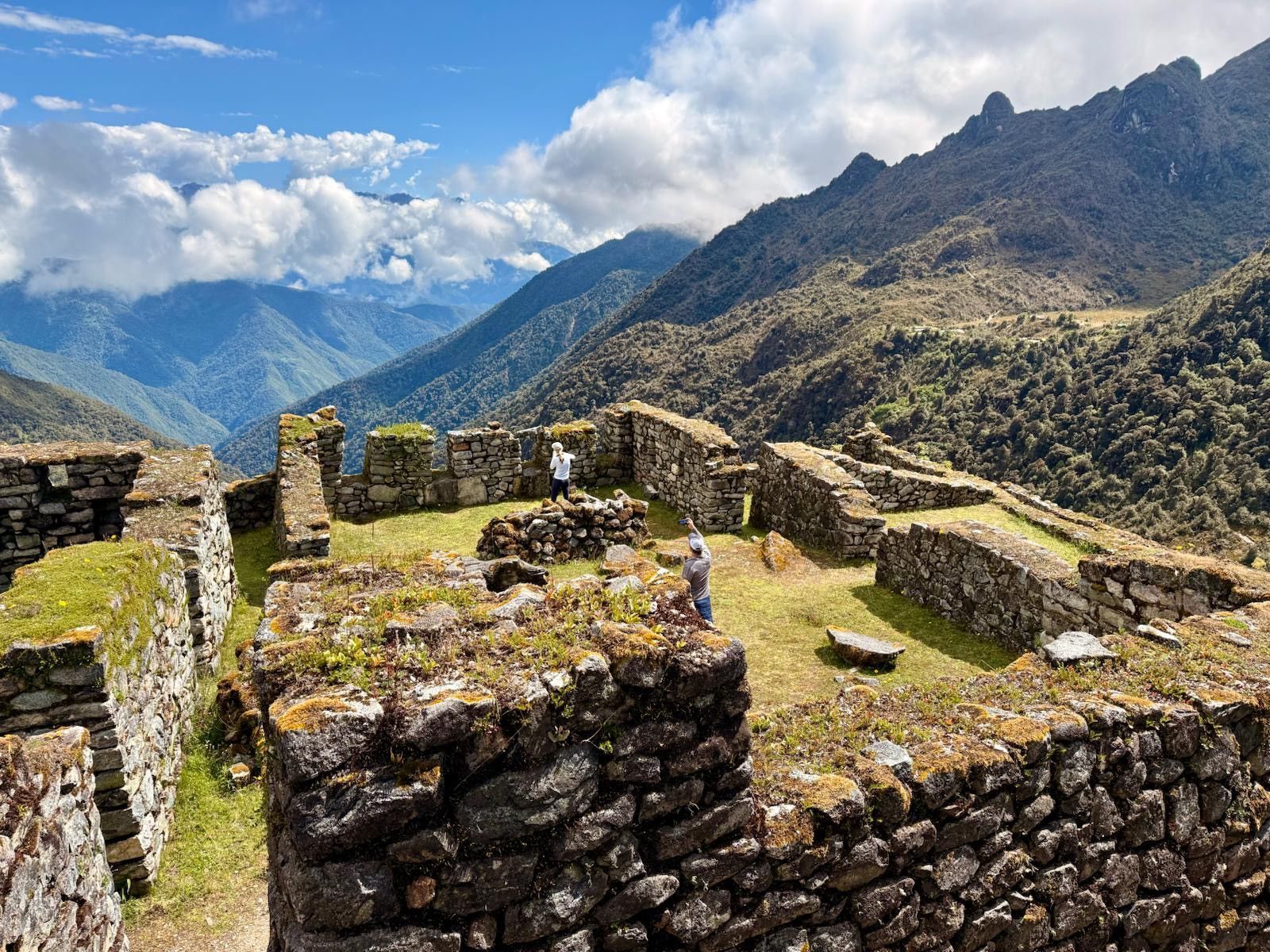
Short Inca Trail (2 Days / 1 Night)
The Short Inca Trail to Machu Picchu is sometimes called a “day hike,” but in reality, it’s sold as a 2-day package: one full day of trekking, plus an overnight stay in Aguas Calientes before your guided Machu Picchu tour.
Day 1 – KM104 to Wiñay Wayna & Sun Gate Arrival
- Scenic train ride: Begin with a ride through the
Sacred Valley to KM104.
- Chachabamba ruins: Explore the first archaeological site.
- 12 km hike (~7.5 miles): 6–8 hours on Inca stone pathways.
- Wiñay Wayna: Terraces and panoramic views.
- Sun Gate entry: First glimpse of Machu Picchu.
- Overnight in Aguas Calientes: Comfortable hotel stay arranged by
FSG.
Day 2 – Machu Picchu Guided Tour
- Early bus to the citadel.
- Licensed FSG guide leads your tour along official circuits.
- Visit the
Temple of the Sun, Temple of the Three Windows, terraces, and plazas.
- Return train to Cusco via Aguas Calientes.
FSG’s Short Inca Trail package includes a scenic train ride, guided trek past Wiñay Wayna, a comfortable hotel in Aguas Calientes, and a full guided Machu Picchu tour.
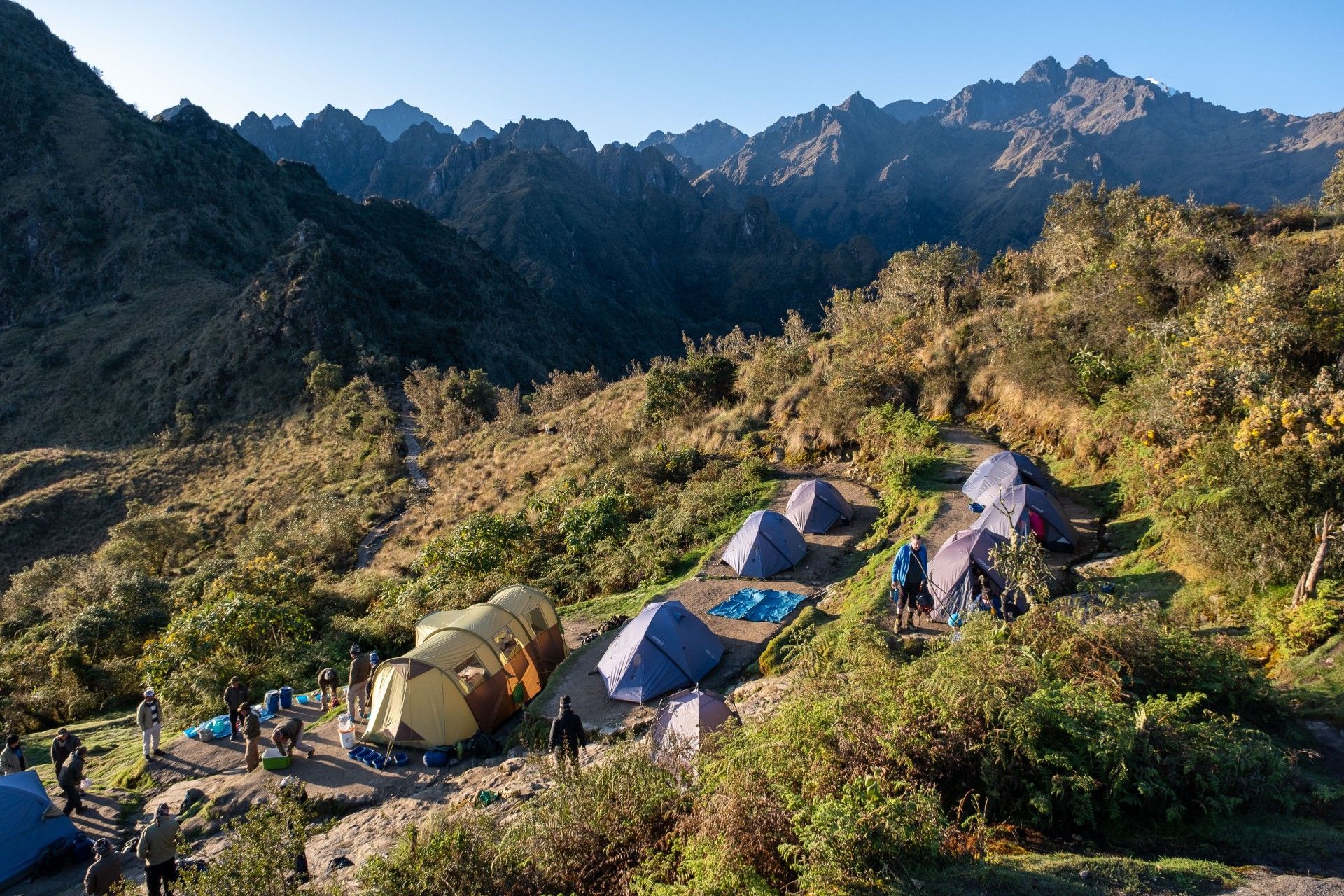
Classic Inca Trail (4 Days / 3 Nights, plus Day 5 Machu Picchu Visit)
The Classic Inca Trail is the legendary 42 km trek that has earned a place on nearly every traveler’s bucket list. Unlike the shorter version, the 4-day route immerses you in the full Inca Trail experience: high-altitude passes, remote archaeological sites, three nights of camping under the stars, and the unforgettable arrival at Machu Picchu through the Sun Gate.
Considered one of the world’s greatest treks, the Classic Inca Trail combines physical challenge with cultural discovery. With Four Season Guides, you’ll hike with professional guides, enjoy full porter support, and have all permits and logistics arranged in advance. The trek itself spans 4 days / 3 nights, followed by a 5th day exploring Machu Picchu on a guided tour.
Highlights of the 4-Day Trek
Day 1 – KM82 to Wayllabamba
- Start at
Piscacucho (KM82) after a scenic drive from Cusco.
- Trek alongside the
Urubamba River, passing small villages and farming terraces.
- Visit
Llactapata ruins, one of the first major archaeological sites.
- Overnight at the first campsite in Wayllabamba.
Day 2 – Wayllabamba to Pacaymayo (Dead Woman’s Pass)
- The most challenging day of the trek.
- Ascend to
Dead Woman’s Pass (4,215 m / 13,828 ft), the highest point on the Inca Trail.
- Cross dramatic Andean landscapes with panoramic views.
- Overnight in Pacaymayo Valley, surrounded by snow-capped peaks.
Day 3 – Pacaymayo to Wiñay Wayna
- Visit
Runkurakay ruins and climb over the
Runkurakay Pass (3,950 m / 12,959 ft).
- Explore
Sayacmarca and
Phuyupatamarca, known as the “Town Above the Clouds.”
- Descend into lush cloud forest ecosystems rich in orchids and hummingbirds.
- Overnight at
Wiñay Wayna campsite, near the iconic terraced ruins.
Day 4 – Wiñay Wayna to Sun Gate & Aguas Calientes
- Spend the morning hiking and exploring more Inca sites along the trail.
- Enjoy a final lunch on the trail before making your approach to the Sun Gate in the afternoon for your first breathtaking view of Machu Picchu.
- Descend to Aguas Calientes and check into a comfortable hotel for the night.
Day 5 – Machu Picchu Guided Tour & Return to Cusco
- Return by bus to Machu Picchu with your guide for a full exploration of the citadel.
- Learn the history and significance of this ancient wonder on a guided tour.
- In the afternoon, board the train back to Cusco.
Difficulty: Challenging. Requires good fitness and acclimatization to altitude.
Unlike standard operators, Four Season Guides offers a 9-day itinerary that blends Cusco city tours, Sacred Valley exploration, and the full 4-day Classic Inca Trail for a seamless cultural and trekking experience.
Permits, Costs, and Booking Details
How Inca Trail Permits Work
The Inca Trail permit is the key to experiencing this legendary trek. Both the Short Inca Trail (2 days) and the Classic Inca Trail (4 days) require a government-issued permit to access the trail and Machu Picchu.
Here’s what you need to know:
- Mandatory for all routes: Whether you hike the 2-day or 4-day version, a permit is required. Independent trekking is not allowed.
- Licensed operators only: Permits can only be booked through registered companies like
Four Season Guides (FSG). Travelers cannot purchase them directly.
- Linked to your passport: Your permit is personal, non-transferable, and checked at official control points along the trail.
- Released months in advance: The government opens permit sales at set times, and once they’re gone, they’re gone. No extra spots are added later.
Why Booking Early Is Essential
Demand for the Inca Trail far exceeds supply.
- Classic Inca Trail (4 days): Only 500 permits per day are issued, including guides and porters.
- Short Inca Trail (2 days): Fewer daily permits are available, making competition just as fierce.
- Peak trekking season (May–September): Permits typically sell out 4–6 months in advance.
Booking with FSG means permits are secured the moment sales open. Packages are all-inclusive—covering permits, accommodations, meals, transportation, and professional guides.

Preparing for Your Trek
Packing List Essentials
A successful trek starts with the right gear. Here’s what we recommend bringing:
- Lightweight hiking boots with good grip: Sturdy, broken-in boots are essential for uneven Inca stone steps. Avoid new shoes to prevent blisters.
- Quick-dry layers & rain jacket: The Andes can shift from sunny to rainy within minutes. Layering is key for comfort.
- Hat, sunglasses, and sunscreen: High UV exposure at altitude makes sun protection essential.
- Small daypack with water & snacks: You’ll carry only what you need for the day. FSG provides meals and most gear, so you won’t be overloaded.
- Trekking poles with rubber tips: Required by park regulations to protect Inca stonework. Most operators, including FSG, provide or rent them at low cost.
- Reusable water bottle or hydration system: Staying hydrated is crucial, especially at altitude.
- Personal items: Camera, lightweight toiletries, and any prescription medications.
Meals & Support
One of the most overlooked aspects of trekking the Inca Trail is the quality of meals and support. With FSG, everything is arranged so you can focus on the hike.
- Short Inca Trail (2 days): Includes a picnic lunch on Day 1 and a comfortable overnight hotel stay in Aguas Calientes before your guided Machu Picchu tour.
- Classic Inca Trail (4 days): Porters carry camping gear and supplies, while professional cooks prepare hot, nutritious meals at each campsite. Trekkers only carry a small personal daypack.
On the Classic Inca Trail, FSG provides freshly prepared meals by professional cooks at each campsite and full porter support to carry gear, ensuring comfort even at high altitude

Best Time of Year to Hike
Dry Season (May–September) – Peak Trekking Season
- Weather: Clear skies, dry conditions, and cooler nights.
- Experience: The best chance for unobstructed views of the Andes and Machu Picchu.
- Downside: This is the busiest time on the trail, with permits selling out months in advance. Campsites and Machu Picchu itself can feel crowded.
- Best for: Travelers prioritizing stable weather and classic postcard views.
Wet Season (November–March) – Rainy and Challenging
- Weather: Frequent rain, muddy trails, and reduced visibility.
- Trail Closure: The Inca Trail is closed every February for conservation and maintenance.
- Experience: Fewer crowds and greener landscapes, but trekking conditions are more difficult.
- Best for: Flexible travelers who don’t mind rain and prefer quieter trails.
Shoulder Months (April & October) – Balanced Conditions
- Weather: Moderate rainfall, generally clear skies, and milder temperatures.
- Experience: Excellent balance between fewer crowds and relatively good weather.
- Availability: Permits are easier to secure compared to peak season.
- Best for: Travelers who want a less crowded, cost-effective trek with good chances of favorable conditions.
Pro Tips from Four Season Guides
- Book permits
4–6 months in advance if you’re planning for the dry season.
- For a more relaxed experience, consider April or October. These months combine comfortable weather, fewer crowds, and higher availability.
Regardless of the season, always prepare for changing conditions. Even in the dry season, sudden rain showers are possible. For similar high-altitude experiences closer to home, explore our Basecamp Adventures in the American Southwest
Check FSG’s upcoming trip dates to secure your preferred season before permits sell out.
FAQs About Hiking the Inca Trail
What is the difference between the Short and Classic Inca Trail?
The Short is 12 km over 2 days with a hotel stay; the Classic is 42 km over 4 days with camping.
Why is the Short Inca Trail sold as a 2-day trek?
The hike itself is 1 day, but the package includes an overnight stay in Aguas Calientes and a guided tour of Machu Picchu on Day 2.
Do you need permits for both the Short and Classic Inca Trail?
Yes. Both require government-issued permits booked through licensed operators.
How difficult is the Inca Trail hike?
- Short Inca Trail = Moderate.
- Classic Inca Trail = Challenging, with steep climbs and high altitude.
What gear do I need for the Inca Trail?
Hiking boots, rain gear, sun protection, small daypack, and trekking poles with rubber tips.
How many stairs are there at Machu Picchu?
Machu Picchu and the Inca Trail feature thousands of uneven stone steps, some of which are very steep. This is part of what makes the trail physically demanding, especially on the Monkey Steps section.
Can you go to Machu Picchu without hiking?
Yes. If you don’t want to trek, you can take a train from Cusco or Ollantaytambo to Aguas Calientes and then a short bus ride to the entrance of Machu Picchu. This is the easiest way to visit.(FSG's two itineraries do not currently offer this option)
What is the difference between Machu Picchu Mountain and Huayna Picchu?
These are additional permitted add-on hikes within the citadel itself:
- Huayna Picchu: Steeper, narrower paths with sheer drop-offs; takes 1–2 hours and is best for adventurous hikers.
- Machu Picchu Mountain: A longer but less exposed climb (2–3 hours) with panoramic views over the citadel and surrounding Andes.
Why choose Four Season Guides for the Inca Trail?
Describe the item or answer the question so that site visitors who are interested get more information. You can emphasize this text with bullets, italics or bold, and add links.
Why Choose Four Season Guides for the Inca Trail?
Four Season Guides is a top-ranked Inca Trail Tour Company with a track record of 5-star reviews from happy travelers. Our seasoned guides bring years of experience, making sure every trek is safe, insightful, and memorable. Guests consistently highlight our professionalism, attention to detail, and warm hospitality. Every trip is all-inclusive, covering permits, meals, gear, and logistics so you can focus on enjoying the adventure of a lifetime.
Four Season Guides, 506 N Grant St suite o, Flagstaff, AZ 86004, United States
+19285251552
35.19653980, -111.62000560

